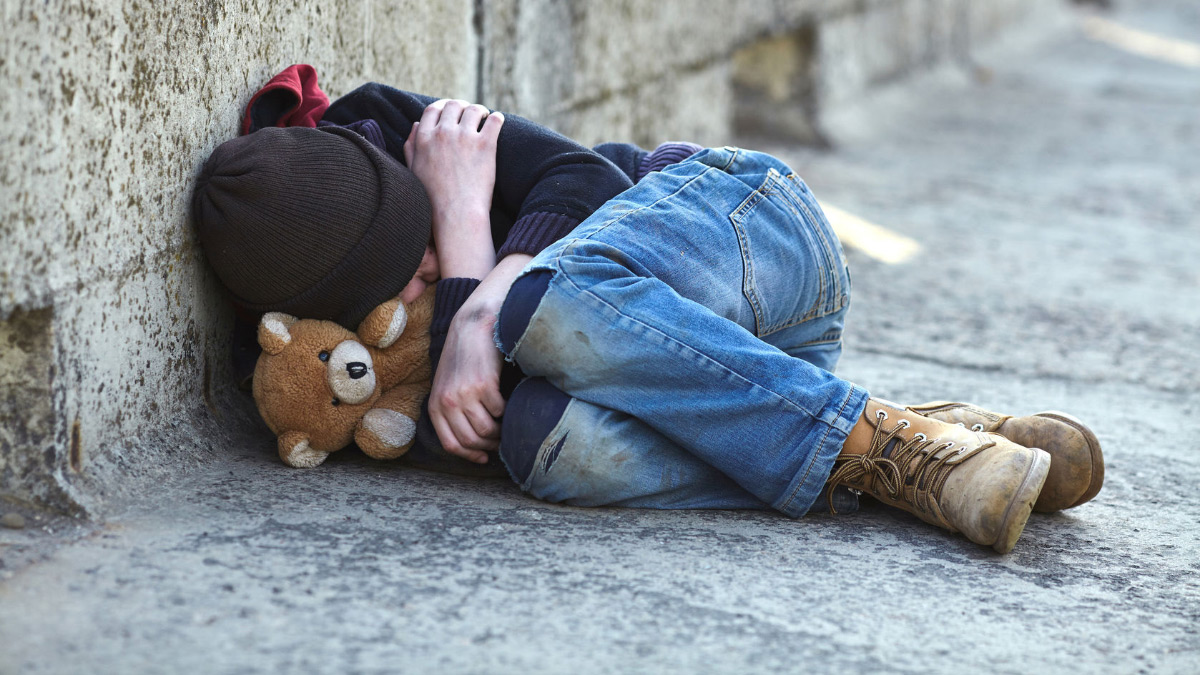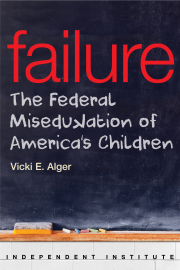January is Poverty Awareness Month and marks the 55th anniversary of President Lyndon B. Johnson’s War on Poverty.
During his 1964 State of the Union Address, President Johnson declared an “unconditional war on poverty in America. ... Our aim is not only to relieve the symptom of poverty, but to cure it and, above all, to prevent it.”
What ensued was pounds of government poverty “prevention” that have barely eked out an ounce of cure.
In all, some 200 anti-poverty laws and related programs were enacted during Johnson’s administration. They now cost more than $1 trillion combined annually and represent the third most expensive government expenditure—exceeding national defense spending.
These programs include the federal Head Start preschool program, the Supplemental Nutrition Assistance Program (formerly food stamps), and an expanded Social Security program through which the Medicare and Medicaid programs were created.
But if we want less poverty, do we really need more government?
Some people certainly think so. According to a Washington Post article commemorating the 50th anniversary of the War on Poverty, “Government action is literally the only reason we have less poverty in 2012 than we did in 1967.”
On the contrary, American poverty rates were already declining 15 years before President Johnson’s declaration of war, dropping from 35 percent to 19 percent in 1964. Over the next two years that decline accelerated, dropping to just below 15 percent in 1966, before anti-poverty programs and spending increases were in full effect.
So not only did the poverty rate drop by more than half in the decades prior to the War on Poverty, the downward trend was accelerating without government intervention. Since 1967, however, the poverty rate has remained largely flat hovering between 11 percent and 15 percent.
While the current 12.3 percent poverty rate is welcome news, it’s worth considering why it isn’t a whole lot lower given how much money we’ve poured into the government’s anti-poverty war chest.
The estimated aggregate cost of the War on Poverty is nearly $28 trillion, which is three and a half times higher than the $8 trillion total price tag of every major war since the American Revolution. What’s more, since 1965 government-transfer payments to low-income families have increased more than ten-fold, from just over $3,000 per person to more than $34,000 per person, in inflation-adjusted dollars. If the federal government counted these payments as income, the poverty rate would be around 3 percent.
Yet increasing welfare spending and growing government hasn’t cured poverty. In fact, myriad government regulations on everyday necessities make the average cost of living more expensive for all Americans, which disproportionately impacts the most impoverished who can least afford it.
The Cato Institute’s Ryan Bourne compiled a conservative tally of the additional annual costs housing, childcare, food, transportation, clothing, and other regulations imposed on the poor. He concluded that the lower-bound annual regulatory burden is around “$830 per year for a household with no children living in a rural area, up to $3,500 for a poor family living in an expensive city such as New York with a young child in full-time infant care.”
Barriers to work, such as occupational licensing mandates and minimum-wage laws, also make it harder for low-income Americans to find jobs or start businesses so they can afford those day-to-day expenses.
As if that weren’t discouraging enough, anti-poverty programs often undermine participants’ work ethic by not requiring them to work in exchange for their payments, or punishing those who do with “benefits cliffs” when they work harder and earn more. These and other perverse incentives have contributed to a declining work effort among able-bodied adults. Marriage penalties compound the problem by discouraging intact families, which jeopardizes children’s prospects for upward mobility,
President Johnson insisted that the War on Poverty would “replace...despair with opportunity” for the “many Americans [who] live on the outskirts of hope.” Instead, it created a virtually permanent underclass of government dependents.
To lift people out of poverty, we need to grow the economy, not government. President Trump is rolling back costly regulations and lowering taxes. More than 300,000 new jobs were just added to the labor market, and wages are up. The president has also recently signed executive orders concerning work requirements for SNAP and Medicaid recipients.
When it comes to alleviating poverty, good intentions aren’t enough. After more than five decades of the War on Poverty, it’s time to admit that government isn’t the solution. It’s been a big part of the problem.









